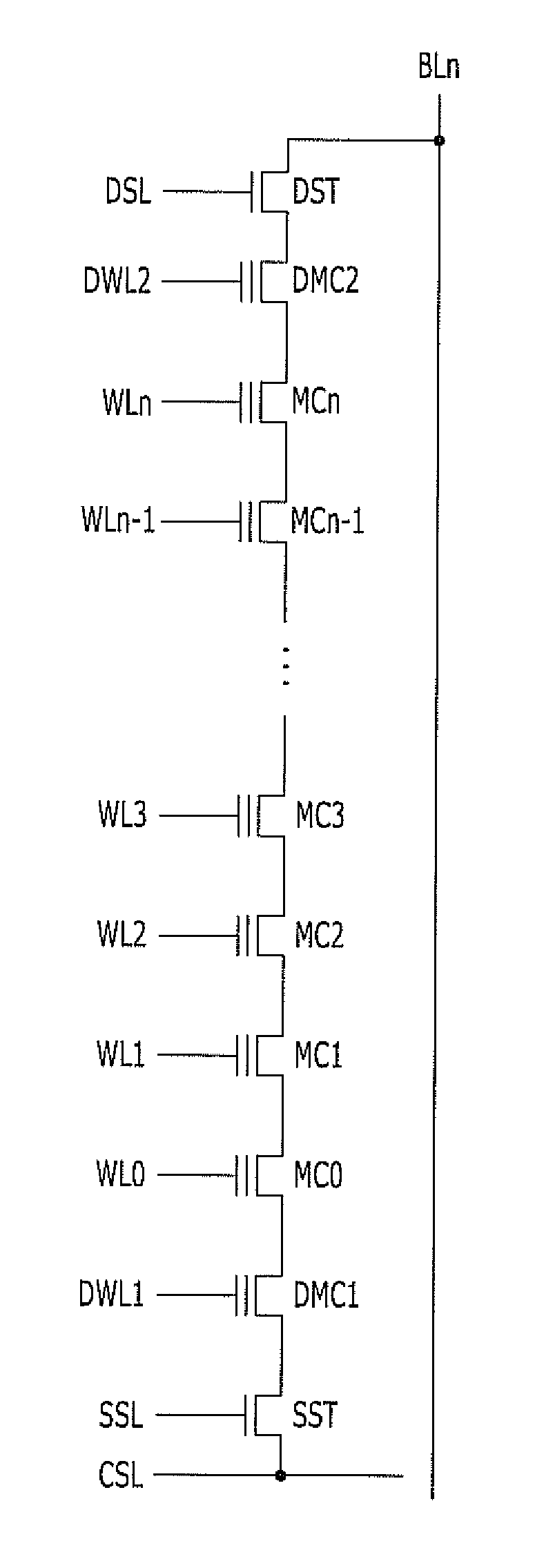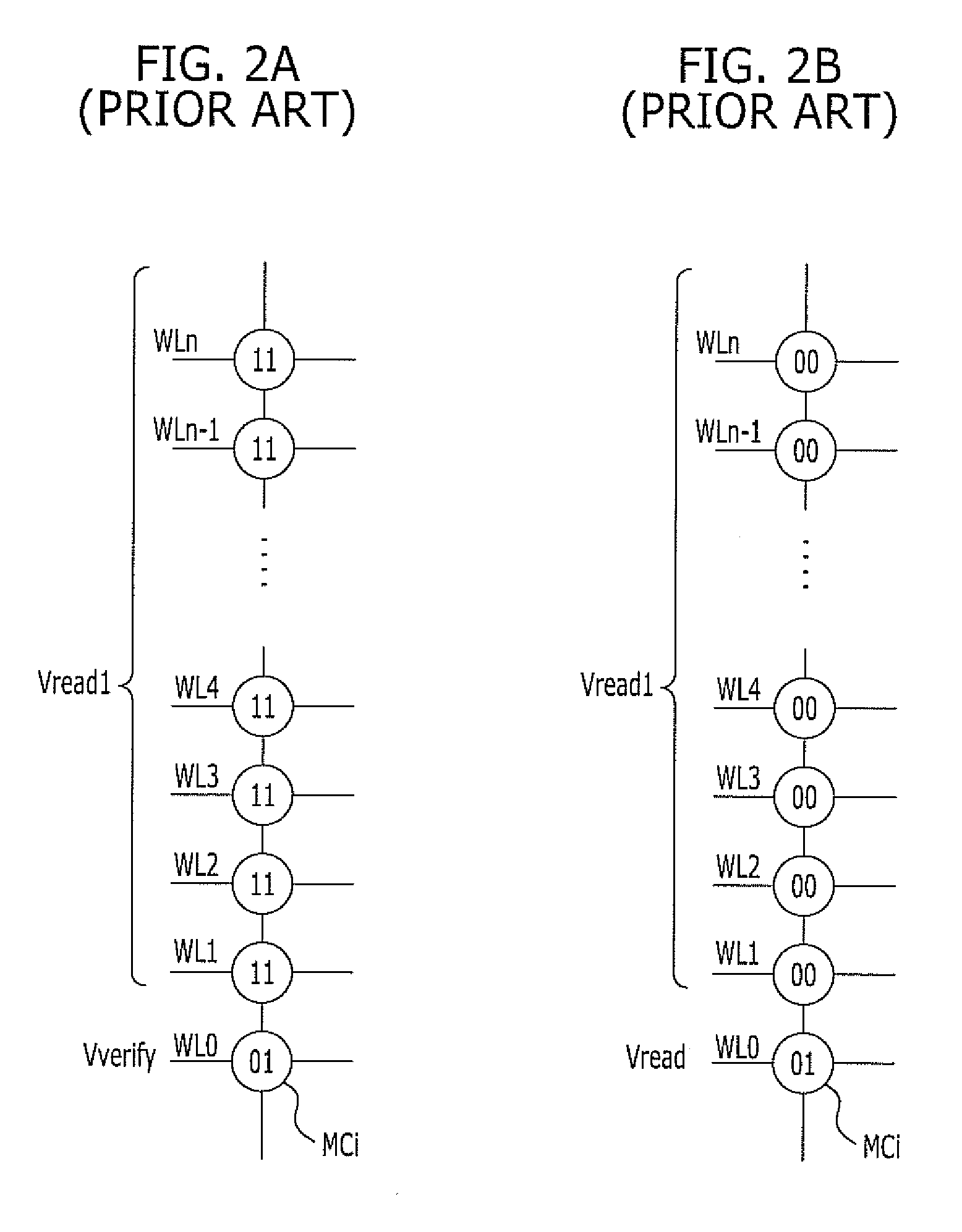Method for operating non-volatile memory device
a non-volatile memory and memory cell technology, applied in the direction of static storage, digital storage, instruments, etc., can solve the problems of difficult to accurately read, error in read operation, and difficult to read accurately, so as to increase the read margin of memory cells, increase the reliability of read operation, and reduce the variation of channel resistance
- Summary
- Abstract
- Description
- Claims
- Application Information
AI Technical Summary
Benefits of technology
Problems solved by technology
Method used
Image
Examples
Embodiment Construction
[0034]Exemplary embodiments of the present invention will be described below in more detail with reference to the accompanying drawings. The present invention may, however, be embodied in different forms and should not be construed as limited to the embodiments set forth herein. Rather, these embodiments are provided so that this disclosure will be thorough and complete, and will fully convey the scope of the present invention to those skilled in the art. Throughout the disclosure, like reference numerals refer to like parts throughout the various figures and embodiments of the present invention.
[0035]FIG. 6 illustrates a memory cell array of a non-volatile memory device in accordance with an embodiment of the present invention.
[0036]Referring to FIG. 6, the memory cell array includes a bit line BLn, a common source line CSL, a drain selection transistor DST, a second dummy memory cell DMC2, memory cells MC0 to MCn, a first dummy memory cell DMC1, and a source selection transistor S...
PUM
 Login to View More
Login to View More Abstract
Description
Claims
Application Information
 Login to View More
Login to View More - R&D
- Intellectual Property
- Life Sciences
- Materials
- Tech Scout
- Unparalleled Data Quality
- Higher Quality Content
- 60% Fewer Hallucinations
Browse by: Latest US Patents, China's latest patents, Technical Efficacy Thesaurus, Application Domain, Technology Topic, Popular Technical Reports.
© 2025 PatSnap. All rights reserved.Legal|Privacy policy|Modern Slavery Act Transparency Statement|Sitemap|About US| Contact US: help@patsnap.com



